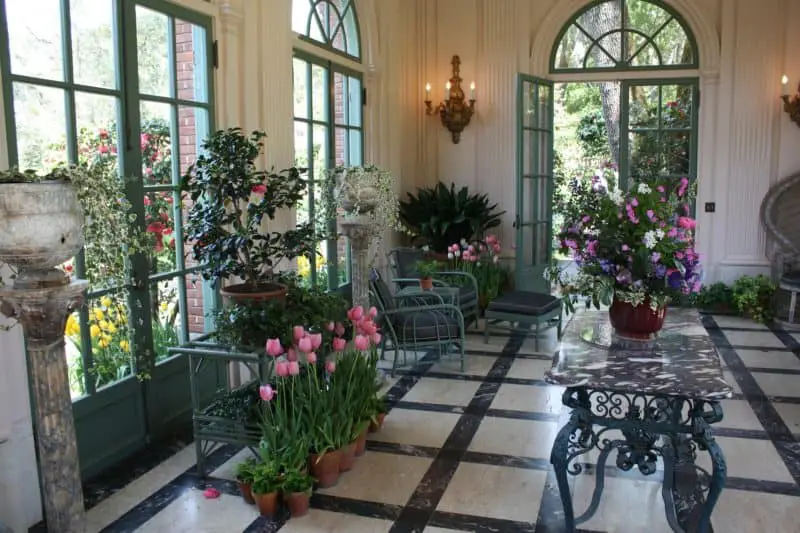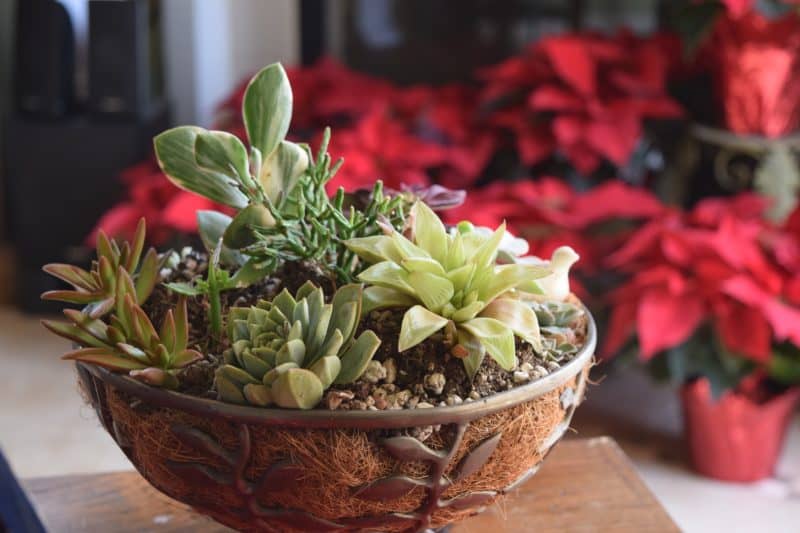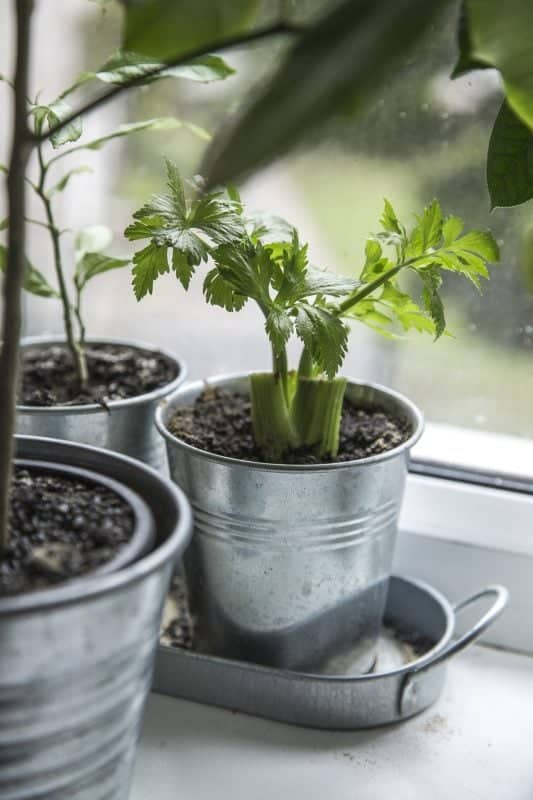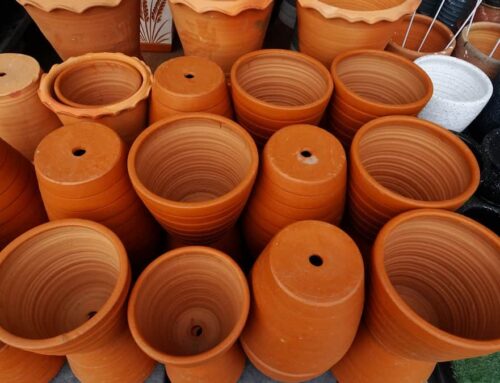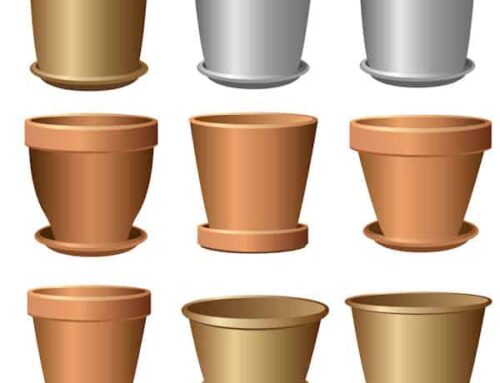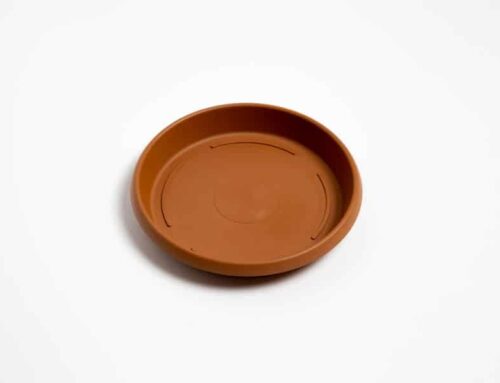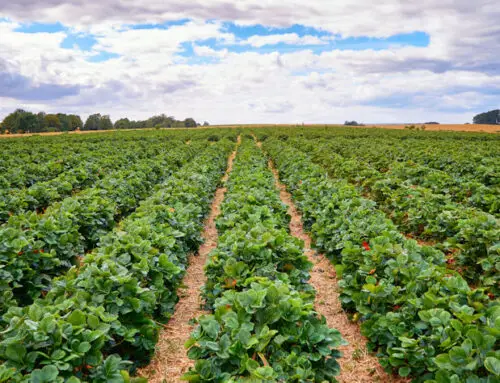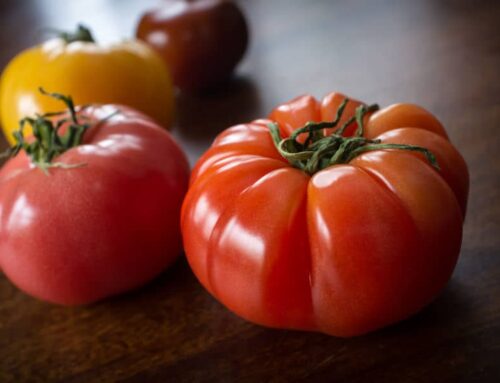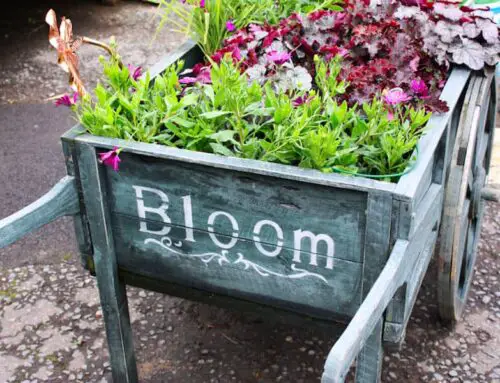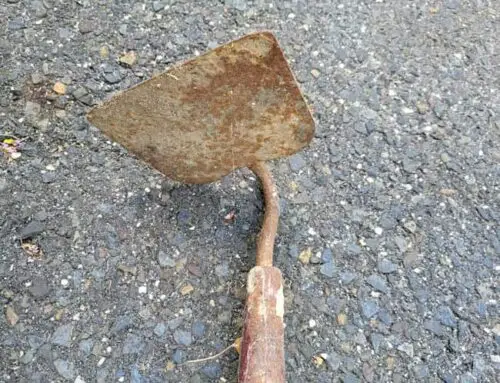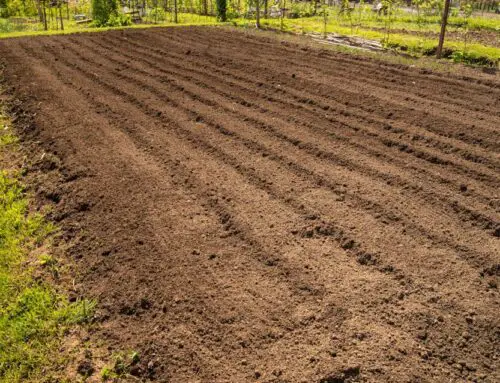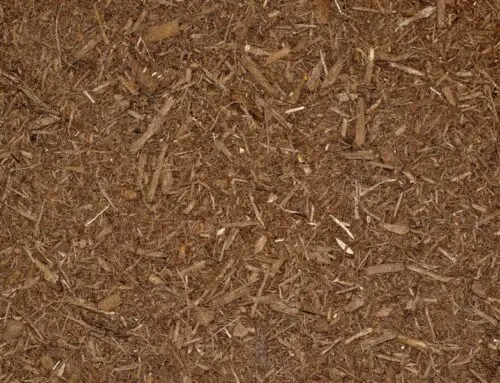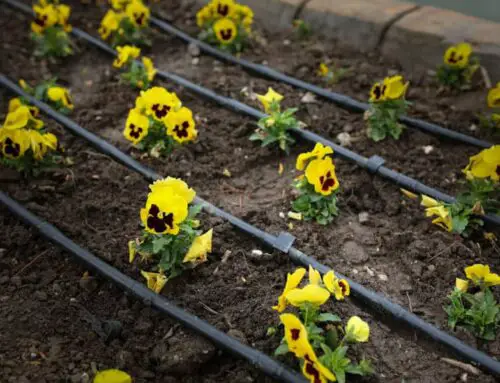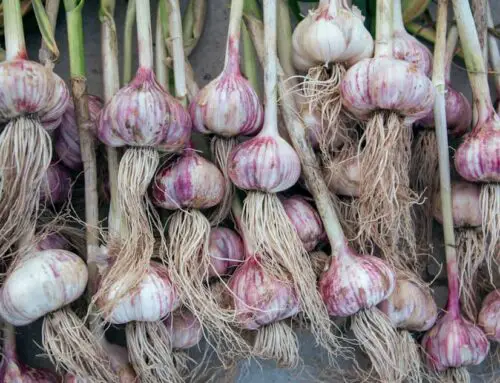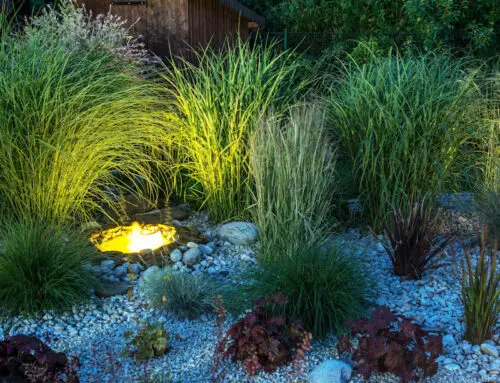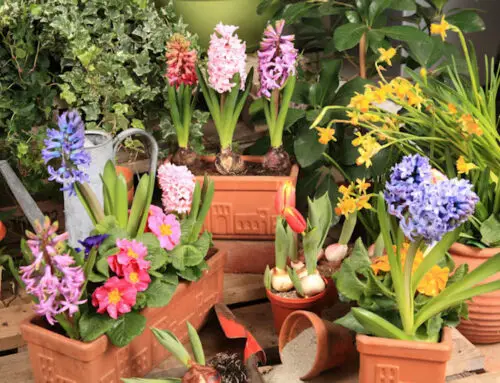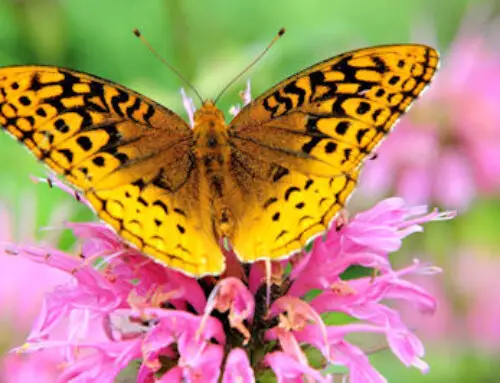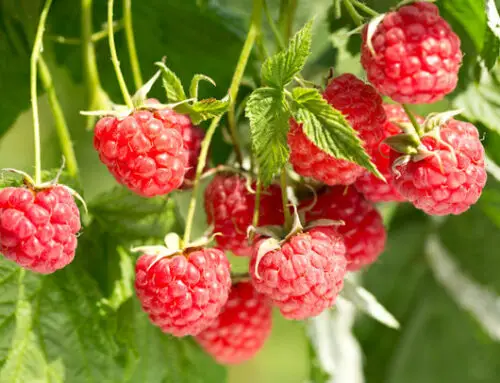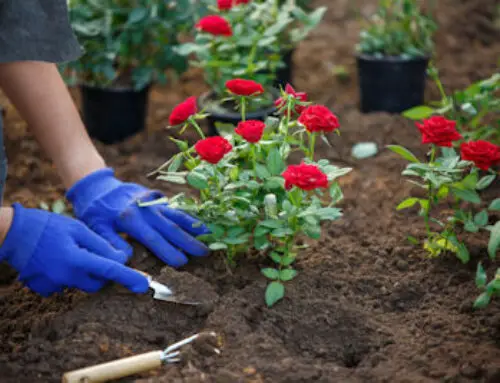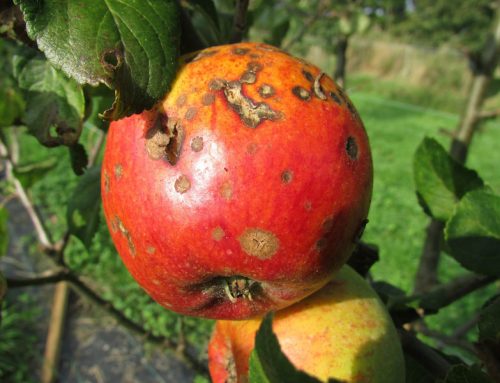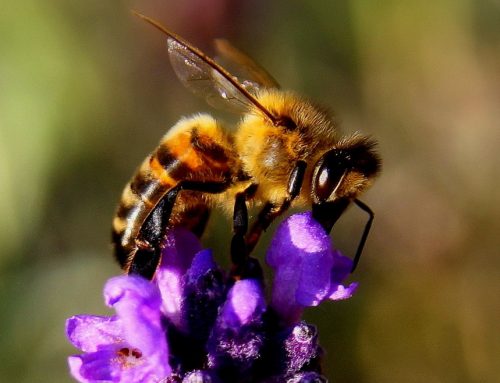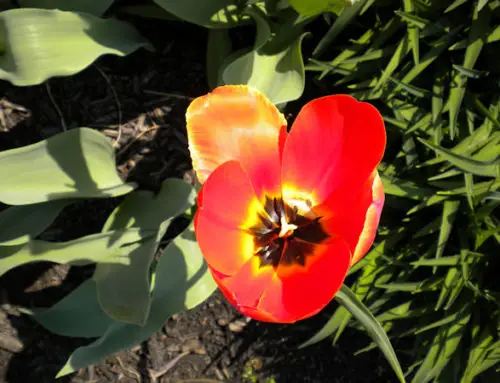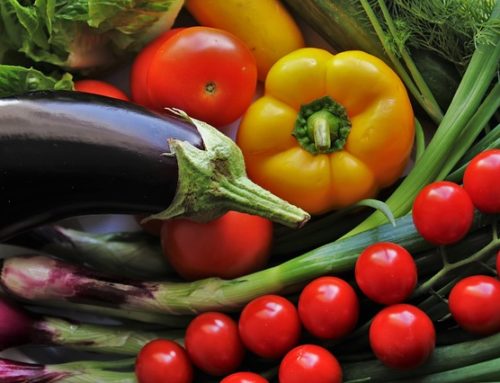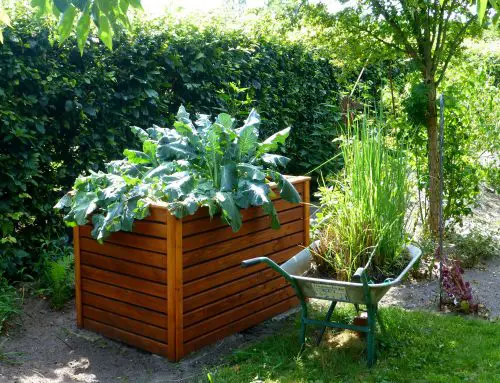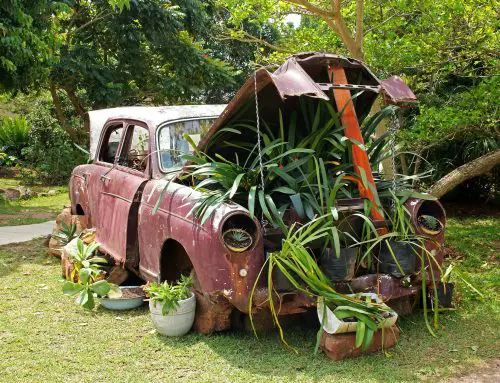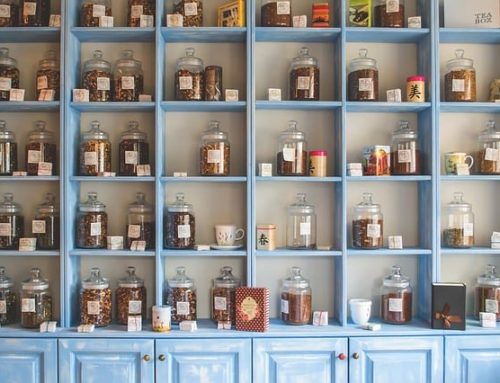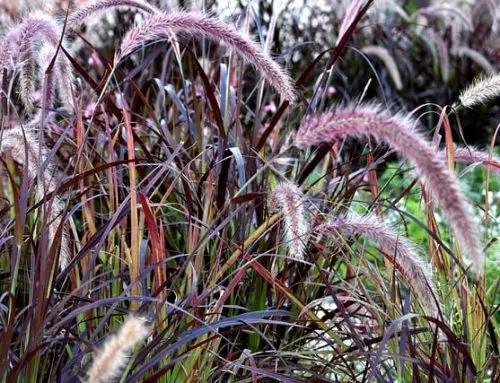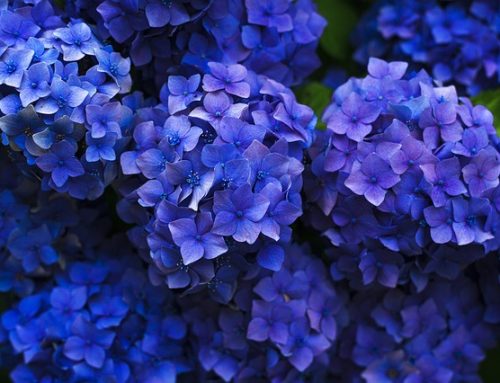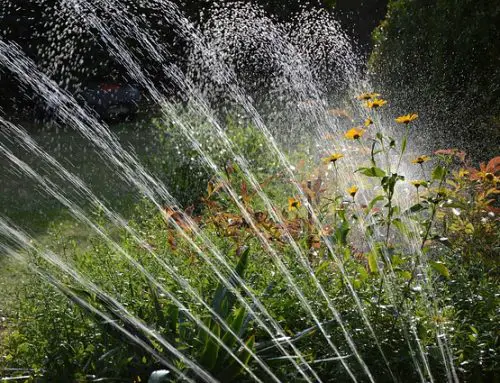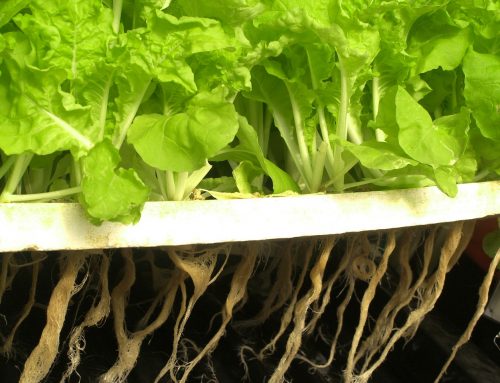How to Start an Indoor Garden for Beginners
More and more people are taking it upon themselves to start an indoor garden and grow their own plants and vegetables, it’s no surprise that growing spaces are finding their place inside.
At the same time people are becoming more cognizant of indoor air quality, and also designing living spaces that focus on tranquility.
This makes indoor gardening a great concept to implement.
Indoor Garden Benefits
- Plants recycle air through their natural processes, this improves indoor air quality
- Indoor plants are attributed as being soothing and peaceful
- You can enjoy the benefit of fresh produce available right in your home depending on which plants you choose
Indoor Garden Design
There are a few things to keep in mind when planning an indoor garden. Some of the biggest considerations to factor in are how much space is available to work with, will you be doing hydroponics, how much natural sunlight is available, and which plants you’d like to grow.
Space is a severely limiting factor in indoor gardening; it’s not possible to move walls or snap your fingers and gain square footage inside the home. We are constricted, literally and figuratively, by the walls around us.
Sometimes designing an indoor garden means getting creative with the space available. If lighting is conducive, indoor containers can be placed on windowsills, on top of cabinets and the refrigerator. You can also purchase an indoor garden tower to maximum vertical space.
Indoor Garden Light
Proper lighting is very important for an indoor garden. When lights for indoor gardening aren’t optimal to grow healthy plants you may need to buy specific lighting optimized for plant growth.
Indoor garden lights come in many options: varying sizes and outputs, within a wide range of costs to meet almost every budget.
An easy solution is the #ad AeroGarden Bounty Basic-Black Indoor Garden which will provide plants with the correct lighting and growing environment.
Proper lighting will keep plants healthy and vibrant without becoming spindly or leggy from lack of sunshine.
What Are the Best Plants to Grow Indoors
In terms of plants, some people choose to grow ornamental plants only; creating a lush, green space full of colorful blossoms and beautiful scents.
Others mix ornamentals with herbs and vegetables. Some choose to focus solely on edible plants to reap extra benefits.
Those that are really ambitious put together indoor gardens consisting of a myriad of plants, sometimes mixing ornamentals, herbs, and vegetables.
With a range of plants to choose from, it’s easy to tailor an indoor garden to the specific desires of a homeowner.
For a beginner with little to no previous gardening experience, an indoor herb garden can be a good, simple starting point.
They can be grown in small containers and require little maintenance; easy to fit on a windowsill and easy to reap the benefits.
Is it Possible to Grow Vegetables Indoors
Or course! If you are more adventurous you can grow an indoor vegetable garden containing some of these great veggies
- Tomatoes
- Spinach
- Lettuce
- Beans
- Eggplant
- Broccoli
- Carrots
- Radishes
- Peppers
All of these species are relatively easy to grow indoors.
Squash, cucumbers and melons also grow well inside but the spreading vines will need more space than upright plants, and could easily take over a small area creating more of a jungle feel in your home than intended!
Indoor Gardening Containers
Once the types of plants (and quantity) are chosen the garden containers and potting soil can be purchased. Mix and match a variety of colors, bases, sizes, and textures to create visual interest and compliment the home’s décor, or pick a single theme to create continuity and uniformity.
The only limitation here is budget and imagination.
Use the biggest pot/pots possible to keep the soil from drying out as fast but keep in mind the larger pots will require more soil to fill them.
Styrofoam can be cut into discs and placed into the bottom of pots to help fill some of the space, placing potting soil on top for the plants to grow in.
Using Old Items for Container Gardening
Upcycling old items (wagons, wash tubs, barrels, etc.) for use as containers is a creative way to reduce supply costs and can add interest and whimsy to an indoor garden.
Make sure though, that any items upcycled for containers have drainage holes, yet will adequately hold soil. If necessary take newspapers and line the inside of containers to prevent soil from falling out.
How to Start an Indoor Garden
When you begin planting, keep in mind proper plant spacing to encourage optimum growth and adequate air circulation. It’s tempting to plant seedlings/seeds closer together to maximize limited space, but don’t do that.
Giving plants the space they need will result in hardier, healthier plants and decrease the chance of disease.
After plants are nestled securely into the potting soil, water the containers thoroughly, as often as moisture is needed.
The goal is to keep the potting soil from drying out completely, stressing the plant, yet not allowing them to sit in waterlogged soil.
Plants will require more frequent watering in warmer months and in dryer climates.
Indoor Gardening Kit
An indoor gardening kit and self-watering systems can be purchased to help take the guesswork out of a watering schedule, and tend to plants when you are on vacation or out of town for a few days.
Indoor Garden Care
In addition to ensuring your containers have enough sunlight and are properly watered it’s important to fertilize periodically to provide ample nutrients. Here are some tips on choosing the best fertilizer for gardens.
Continuously watch for harmful pests (treating when necessary), and prune back tattered leaves and spent blooms to encourage new growth.
Conclusion
Being limited on outdoor space doesn’t mean having to forego gardening. With some ingenuity, it is possible to design a beautiful indoor garden space capable of purifying the air in your home, creating a serene, tranquil environment to enjoy and providing edible herbs and produce to enjoy.

